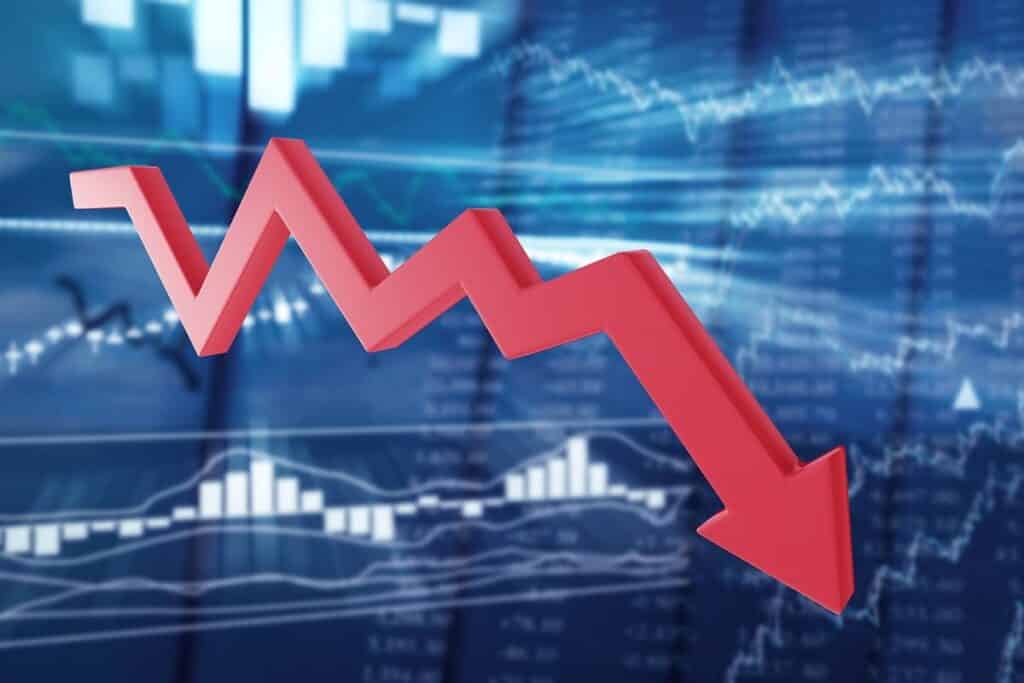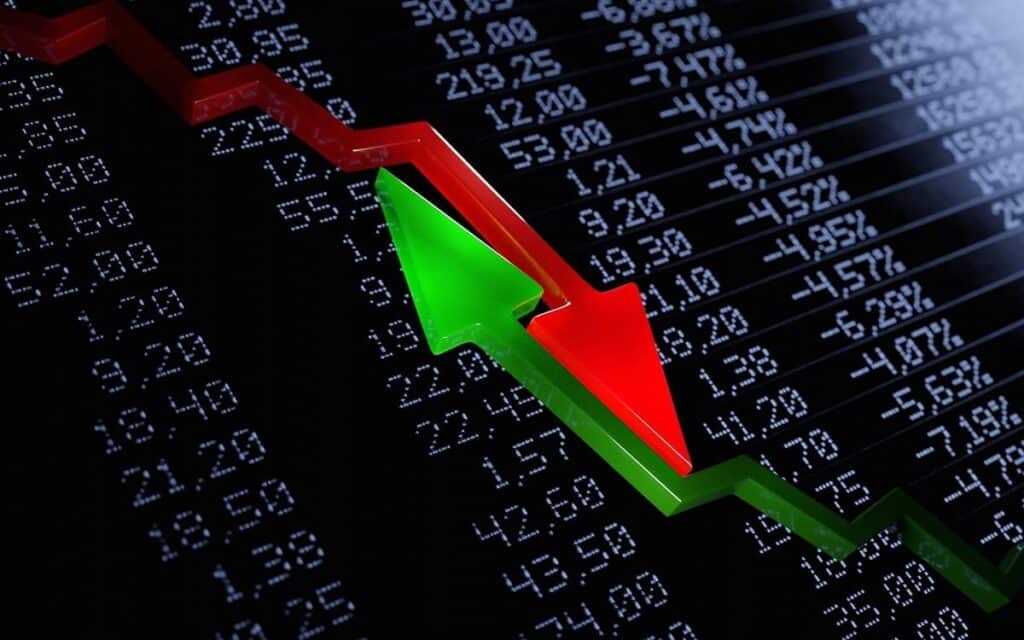How Disruptive Technology Thematic ETFs Work
Table of contents

“There Are Now More Indexes Than Stocks,” was the title of a May 2017 Bloomberg article which attributed this amazing stat to the demand for indexes by investment managers. There’s a seemingly endless number of ways you can slice and dice a universe of stocks, and even rules-based indexes that make active stock selection decisions, one example being thematic indexes that provide exposure to themes such as disruptive technologies. Since the average retail investor rarely gets to see how the sausage gets made, we’re going to talk a bit about how stock indexes are built and maintained.
ETF Provider vs. Index Provider
For the average exchange traded fund (ETF), there are two main players involved:
- The ETF issuer
- The index provider
These two can also be one and the same. (The ROBO Global Robotics & Automation ETF is one example of this.) In any case, the index provider creates the methodology that drives stock selections and weightings. The ETF issuer creates a portfolio that tracks the index and then tries to get people to invest in it. The amount of money that’s invested in any given ETF is referred to as the assets under management (AUM).
In last week’s article titled Which Robotics ETF is The Best One to Buy?, we did a comparative analysis of all five robotics ETFs on the market. One ETF came out on top because its assets were more concentrated, it had the highest exposure to Japanese robot companies, and it had relatively low fees. Today, we’re going to talk about how stock indexes work, both vanilla and thematic.
How Stock Indexes Work
Many companies out there provide stock indexes, so we’re going to generalize a bit. The world’s most popular indexes are rules-based, but that doesn’t mean you can predict how they will behave by reading the methodology documents. That’s because calculating an index is much more complicated than it seems. Most indexes will re-balance their weighting once or twice a year, some even quarterly. That’s when asset weightings can be adjusted and assets can move in and out of the index. You also have corporate events to consider, such as when two companies merge. The index provider will communicate these changes to their clients so all the portfolio managers who track the indexes can then re-balance their own portfolios.
As a general rule, when a stock moves into an index it experiences price appreciation because managers who are tracking the index now need to buy the stock to add to their portfolios. Conversely, stocks that fall out of an index for whatever reason might decline as a result. This is where proprietary traders will then try and anticipate which stocks move in and out of an index at re-balancing time. (If you’re someone whose job is to work on index construction, expect to be romanced by these trading desks.)
This tells us something very important. Even the most stringent rules-based indexes will encounter exceptions that need some subjectivity applied to them. Consequently, the capabilities of any given index provider’s research team are of great importance. Leading global index provider MSCI (MSCI) achieved their reputation on the back of their renowned research capabilities.
For thematic indexes, the research team becomes even more important.
How Thematic Stock Indexes Work
A thematic stock index will try to provide exposure to a particular theme. Generally speaking, it’s because the theme is expected to provide above-average returns over the long run. For each of the 11 disruptive technology themes we cover, we always look for thematic ETFs that might provide us with pure-play exposure. Earlier, we talked about five robotics indexes that all attempt to provide exposure to robotics. One problem with thematic indexes is that providers can rarely agree upon what to include.
Let’s say you have two index providers build a Germany Large Cap stock index. They would both start with the total universe of German stocks and then figure out what constitutes a “large cap.” This is usually based on a “market cap cutoff” number that is calculated using some series of steps. When we look at both of these two indexes side-by-side, we would expect to see minimal differences that could be attributed to differing methods of how market cap cutoff is calculated and applied. But generally speaking, we would expect to see both these indexes contain roughly the same names.
In the world of thematic investing, index providers differ dramatically in how they choose constituents. Below you can see how three thematic index providers claiming to offer exposure to robotics differ in what stocks they choose to hold.

Here we have three companies doing the exact same thing – building an ETF that provides pure-play exposure to robotics – yet they can only agree on 18 companies. More such examples abound. This is because a great deal of subjectivity is used when constructing the methodologies for these indexes. Even the term robotics is loosely defined. Is an autonomous drone a robot? What about an autonomous car?
Because building a thematic index requires lots of subjective decision making, the competency of the research team is critically important to building a quality thematic index.
Pure-Play Thematic ETFs
In our world, we’re most interested in the “pure-play-ability” of a thematic ETF that claims to give us exposure to a particular theme. For example, if 52% of all industrial robots are produced by Japan, we’d expect to see a decent number of Japanese companies in a robotics ETF.
In our earlier piece on five robotics ETFs, we simply did a comparative analysis without digging into any methodologies. We assumed that since the ETFs we were considering had more than $1 billion in assets under management (AUM), other institutional investors already vetted the selection criteria. That’s the lazy approach. A thorough analysis would require reading the index methodology documents to try and understand what rules were used for construction and how the index will be maintained.
In many cases, you’ll see companies building indexes where there aren’t enough constituents for the given theme. One example might be 3D printing. An index needs a minimum number of constituents for an ETF to be built on top of it, and there may not be that many pure-play 3D printing stocks. So, index providers might stretch the definition of what constitutes 3D printing. And we’re not talking about “skate to where the puck will be” scenarios such as Teradyne’s gradual move into industrial robotics. We’re talking about including companies that blatantly make little sense.
For a good example of this, look no further than the Morgan Stanley Space Index which contains names such as Apple, Google, Microsoft, Facebook, and GoDaddy. Sure, you can try and argue that satellites will increase internet availability, and that all these companies will benefit from that as more people are online buying more shite. It’s a weak argument, and we’re not buying it.
Whenever we start to evaluate a disruptive technology ETF, we first do a sanity check by looking at the top-10 constituents, then the entire list of constituents. If it seems like the definitions are being stretched, we’ll usually move on to the next ETF. If there isn’t another ETF to evaluate, we’ll move to stock picking.
Actively Managed Disruptive Technology ETFs
The last thing we want to talk about are actively managed ETFs where there is no index provider involved. We’re not just talking about an ETF provider that builds their own index, we’re referring to a company that picks a theme and then decides what stocks to include and what weights to include them. (This is referred to as active management.) They’ll then increase or decrease positions on an ongoing basis to try and time the market. That’s what ARK Invest does, and the institutional investment community can’t get enough of it. ARK’s flagship ARK Innovation ETF now has over $4.8 billion in AUM.
ARK Invest believes that disruptive technology has so much potential that it’s actually a deep value play. In other words, they plan to generate alpha based on the market not comprehending just how much potential certain disruptive technologies have. Since the market is underestimating the potential, shares trade at a discount. Again, we see how the research team becomes increasingly important as more subjectivity comes into play when constructing actively managed ETFs.
Conclusion
An ETF is only as good as the underlying index. An index is only as good as the research team that built and maintains it. For thematic indexes, the research team becomes even more important because of all the subjectivity involved. In the case of an actively managed ETF that’s trying to generate alpha, the research team is paramount.
Without enough pure-play constituents, the index provider is often forced to stretch the definition of what they consider “pure-play.” In a coming article, we’re going to deep-dive into the only IoT ETF on the market and try to make sense of the underlying index methodology so we can understand how it works.
Sign up to our newsletter to get more of our great research delivered straight to your inbox!
Nanalyze Weekly includes useful insights written by our team of underpaid MBAs, research on new disruptive technology stocks flying under the radar, and summaries of our recent research. Always 100% free.














